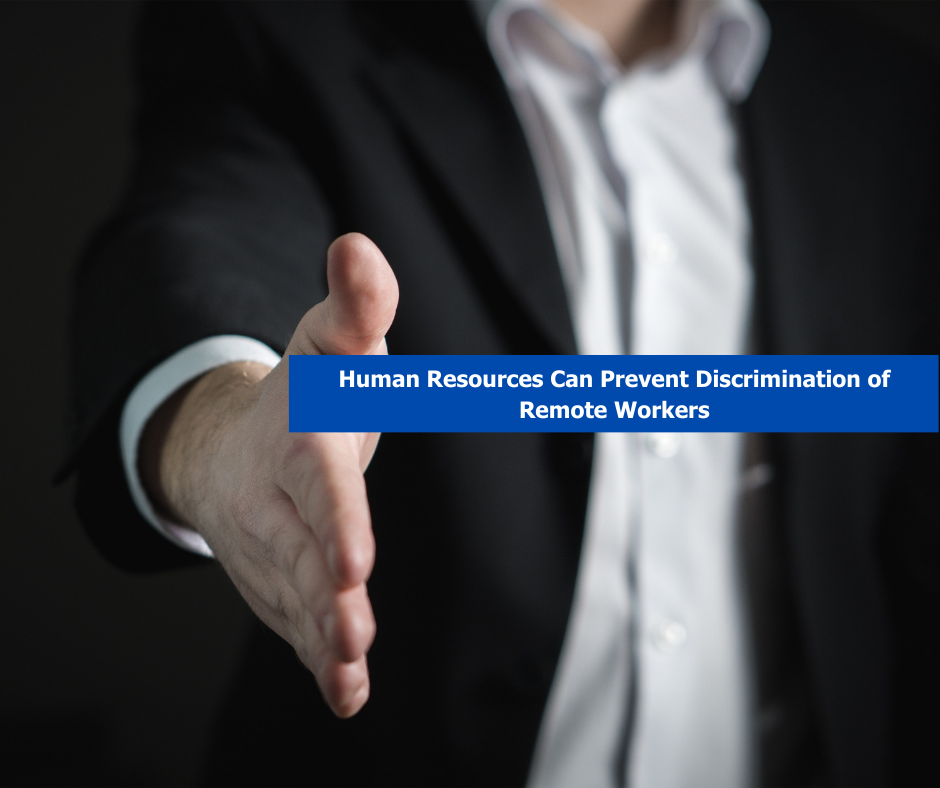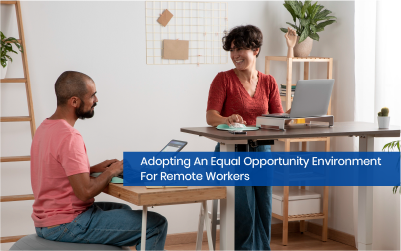Equal employment opportunity is nothing new in this day and generation because it has been an integral part of the working environment in many countries. Business Processing Outsourcing(BPO) created an entirely new work niche where companies are strongly urged to establish guidelines that promote Diversity, Equality and Inclusion (DEI) in their policies. The new hybrid workspace does not exempt from applying such. Any organization that desires to maintain successful hybrid teams onshore or offshore should address biases and implement policies to ensure equal advancement opportunities are within reach of every remote worker in their employ.
Running a hybrid team can benefit from DEI policies. Having a strong sense of belonging to a team greatly impacts the productivity of every remote worker.
There are numerous ways to adopt diversity, equality and inclusion across hybrid teams of a company that operates within a virtual work environment. Course through the next paragraphs to find out how you can let your employees feel they have a fair and equal shot at reaching their career goals through programs and policies that apply to every employee regardless of race, color, orientation and religion.
Bridging The Gender Gap
Working women all over the world have come to revel in the benefits of working remotely even after the Covid-pandemic lockdowns which forced them to work from home. But post-pandemic, many women now prefer to work virtual jobs as this helps them immensely to balance a multitude of roles and responsibilities in their daily lives. Juggling childcare and domestic chores while working from home will often find women caught in between compromising overlaps.
Work-from-home moms deal with a different kind of pressure where their demanding and impatient “mini-bosses” can make things difficult at certain times to power through a workday. Companies can fine-tune some of their individual work performance expectations to accommodate situations for working moms. For example, making video conference meetings optional can allow women to breastfeed or do household chores without having to worry about being discreet on camera. Another way of implementing DEI with remote female workers is providing flexibility in schedules, especially on certain days of the month when a woman has to deal with dysmenorrhea. A monthly period isn’t a sickness per se, but many women are unable to function properly on such days.
The Proximity Bias
Companies that run on hybrid teams will have some workers working in the office while others are working remotely. Often, employees who live close to their team are perceived and even expected to put in more work and thus are given more attention and recognition. Although this type of bias is mostly based on natural instinct, companies need to be vigilant so they don’t overlook qualified and equally hardworking remote employees. The comparison of productivity between onsite and remote workers could well be inaccurate and prone to favoritism just because one is more visible than the other.
Generally, men are more prone to return to the office than women. This could be because they are more driven to take advantage of the opportunity in office politics while women prefer to stay home. This leads women to miss out on being in the right place at the right time for any offered opportunities. On the flip side, remote workers are also expected to answer office calls at any time of the day as some managers or bosses assume they are always home and available 24/7.
Career Advancement
As previously mentioned, many remote workers tend to miss out on advancement opportunities compared to onsite workers who often get first dibs on mentoring, coaching, and training. Women suffer the brunt of missed opportunities due to a lack of options to be included due to time constraints and availability to accommodate career advancement and skills development programs. Managers need to study and discuss the individual goals of each employee and thoughtfully schedule learning opportunities so both men, women, and physically challenged employees are able to schedule their days accordingly to be included.

Human Resources Can Prevent Discrimination of Remote Workers
When offices reopened post-pandemic, a new legal precedent that was established forced many employers and HR managers to re-evaluate their remote work policies. Many have opted to work from home due to fear of Covid, lingering Covid symptoms, and people with pre-existing illnesses that made them more susceptible to catching Covid. While numerous companies made Covid vaccinations mandatory for onsite workers, regular employees who opted not to get vaccinated were either forced to resign or work remotely.
The US Equal Employment Opportunity Commission (EEOC) has dealt with lawsuits where companies have denied requests by workers to work remotely and then eventually terminated them. The EEOC pointed out that such actions are in violation of the American Disabilities Act (ADA), by denying employees “reasonable accommodations” and terminating them due to disabling health issues.
Types of Discrimination Against Remote Workers
Gender Discrimination disproportionately impacts women who choose or are forced to work from home due to parental duties and responsibilities.
Disability Discrimination has noticeably increased during and after the pandemic. Companies deny requests for certain work accommodations with some employees demoted, suspended or terminated.
Family Responsibilities Discrimination. Federal discrimination laws have included “parenthood” as a protected category for working individuals with childcare and elderly custodial responsibilities. Different state laws affect this as employees who are laid off due to pregnancy, parental responsibilities and caregiver roles now have grounds to sue their employers.
Age, Race and Gender Discrimination. Asians, Black, Indigenous, Latinx, women, non-binary individuals, transgenders and people over 50, who choose to work remotely face even more negative biases. Working onsite, these individual minorities are already subjected to harassment and hostility. Working remotely pitches them deeper into an impartial preference. A survey conducted by the Society for Human Resources Managers revealed 67% of supervisors say they consider remote workers easily more replaceable than those who work onsite.
Strategies For Human Resources To Prevent Remote Worker Discrimination?
According to the Harvard Business Review, a five-point approach should be implemented to set up anti-discrimination policies effectively:
- Make suitable accommodations and provisions on a case-to-case basis for remote employees.
- Provide ample and adequate notification for remote workers to make arrangements and preparations for job requirements.
- Create a progressive hybrid business work model that allows for a blended and inclusive arrangement for both remote and on-site workers
- Steer clear of on-site favoritism. Make sure advancement opportunities are well-documented, disseminated and provided to every employee regardless if they are working remotely.
- Stay flexible when scheduling meetings and organizing activities to accommodate all team members.
Key Take Away
To create a more productive and inclusive work environment, business owners, companies and organizations should clearly communicate that a team’s success is always based on actual output and quality performance. In a hybrid workspace, productivity should not be measured by the number of hours one spends in the office or online. Opportunities for promotions always need to be publicized and made available to every employee with major considerations of providing training and development opportunities online for everyone.
Here at EVS, we ensure all our virtual employees enjoy the same benefits and are unfailingly afforded equal employment opportunities. Get in touch with us so we can further discuss how we can help grow your business with our curated and diverse team of virtual assistants.

